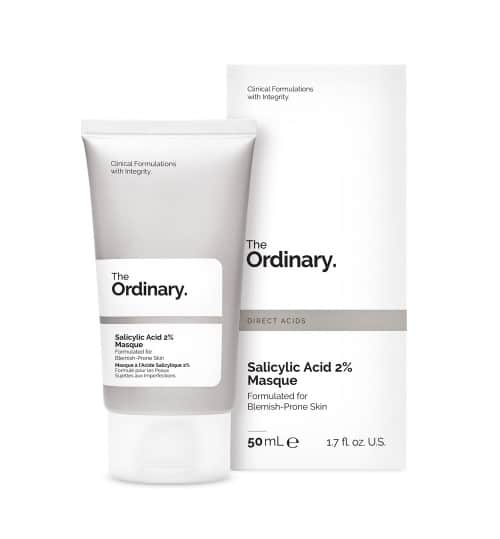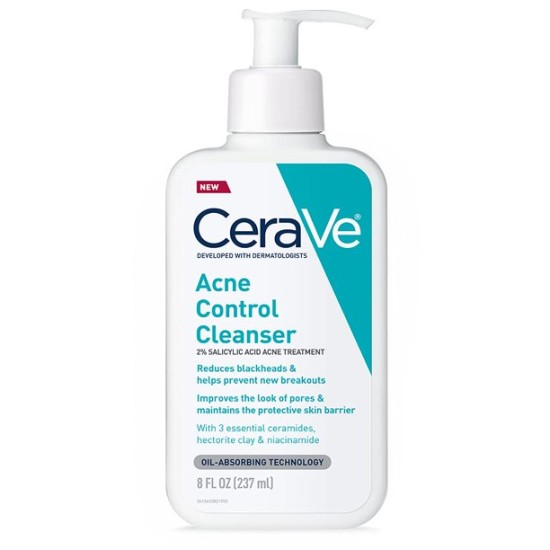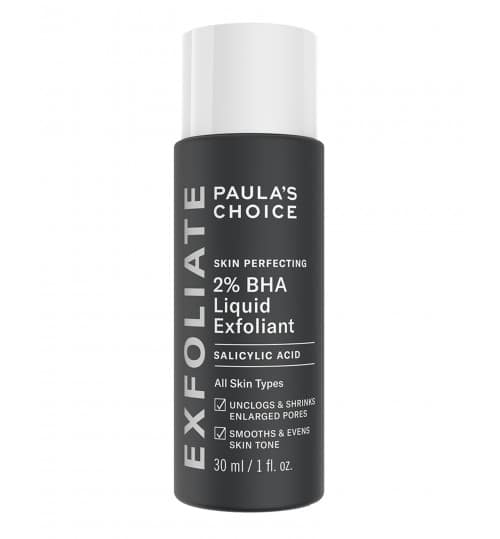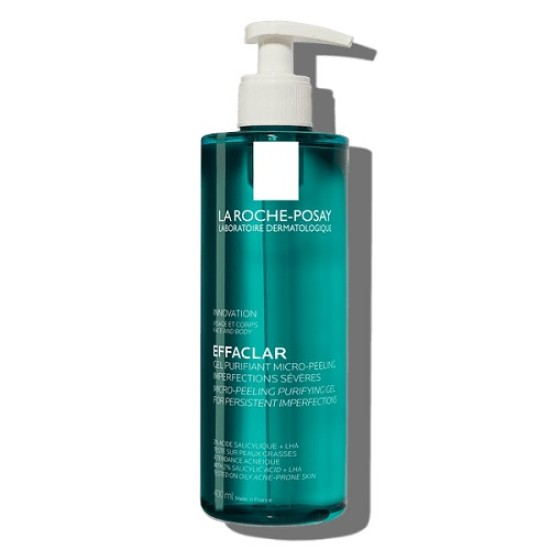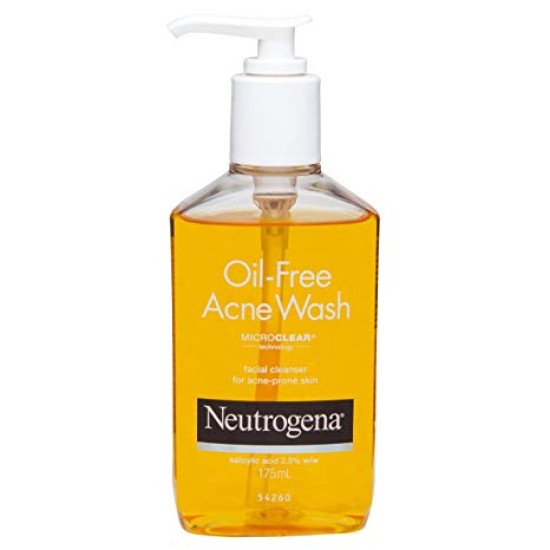
When it comes to skincare, certain ingredients have established themselves as cornerstones of effective skincare routines, and salicylic acid is undoubtedly one of them. This potent beta-hydroxy acid (BHA) has been a trusted ally in the fight against a range of common skin issues, from acne to clogged pores. In this article, we’ll explore the myriad benefits and uses of salicylic acid while highlighting what not to combine it with for optimal results.
Understanding Salicylic Acid: A Skincare Marvel
Salicylic acid is a plant-derived compound with remarkable exfoliating properties. It is fat-soluble, which allows it to penetrate deep into the pores, making it particularly effective for treating acne and other skin conditions.
The Ordinary Salicylic Acid 2% Masque
The Diverse Uses of Salicylic Acid:
1. Acne Treatment – Salicylic acid shines as an acne-fighting hero. Its ability to dive deep into pores, dissolving sebum and dead skin cells, makes it an effective treatment for both preventing and managing breakouts.
2. Exfoliation – Salicylic acid acts as an exfoliant, sloughing away dead skin cells to reveal a smoother, more radiant complexion. This exfoliation can help reduce the appearance of fine lines and give your skin a healthy glow.
Cerave Acne Control Cleanser 2% Salicylic Acid Acne Treatment
3. Blackhead and Whitehead Removal – Salicylic acid’s unique properties make it particularly adept at unclogging pores, which means it can effectively banish blackheads and whiteheads.
4. Oil Control – If you have oily skin, salicylic acid can help regulate excess oil production, keeping your skin looking matte and reducing the likelihood of breakouts.
Paula’s Choice Salicylic Acid 2% Bha Exfoliant
5. Psoriasis and Seborrheic Dermatitis: Salicylic acid can help manage skin conditions like psoriasis and seborrheic dermatitis by softening and removing scales or plaques.
What Not to Combine with Salicylic Acid:
While salicylic acid is a versatile skincare powerhouse, it’s crucial to be mindful of what you pair it with to avoid potential irritation or counterproductive effects. Here’s what you should avoid combining with salicylic acid:
1. Other Exfoliants – Combining multiple exfoliating ingredients, such as alpha hydroxy acids (AHAs) like glycolic acid, can be too harsh on the skin and may lead to irritation. If you use another exfoliant, alternate their use, applying them at different times of the day.
2. Retinoids – Salicylic acid and retinoids (like retinol) are both powerful ingredients that can cause skin sensitivity. Using them together may increase the risk of irritation. If you wish to incorporate both into your routine, consider applying them on separate days.
La Roche Posay Effaclar Micropeel
3. Physical Exfoliants – Scrubs or brushes that physically exfoliate the skin should not be used alongside salicylic acid. The combination can be too abrasive and potentially damaging to the skin.
4. Vitamin C – While vitamin C can be beneficial for skin health, it’s best to apply it at a different time than salicylic acid to prevent potential irritation. Alternate their use or use one in the morning and the other in the evening.
Neutrogena Oil-Free Acne Wash Cleanser
In conclusion, salicylic acid is a skincare multitasker that can help you achieve a clearer, smoother complexion. Whether you’re battling acne, seeking exfoliation, or managing specific skin conditions, this BHA has your back. To unlock its full potential, remember to use it thoughtfully and consider the other products in your skincare routine to ensure optimal results and minimal irritation.

